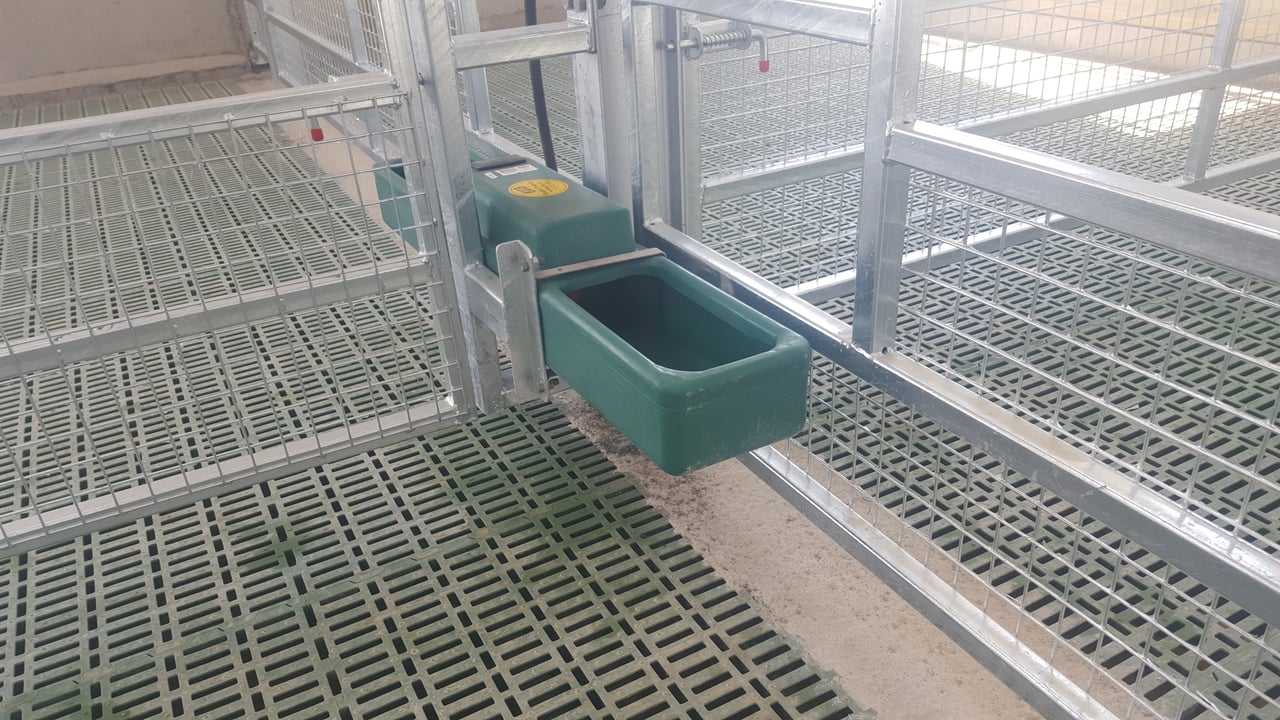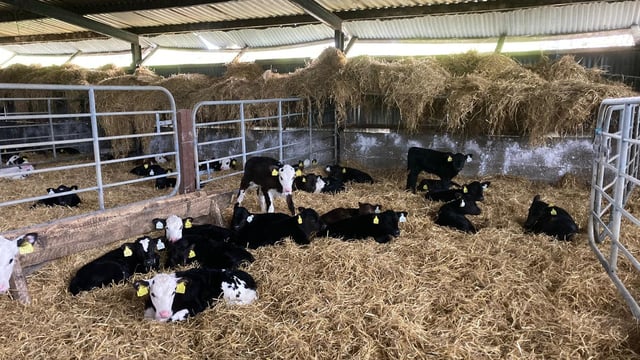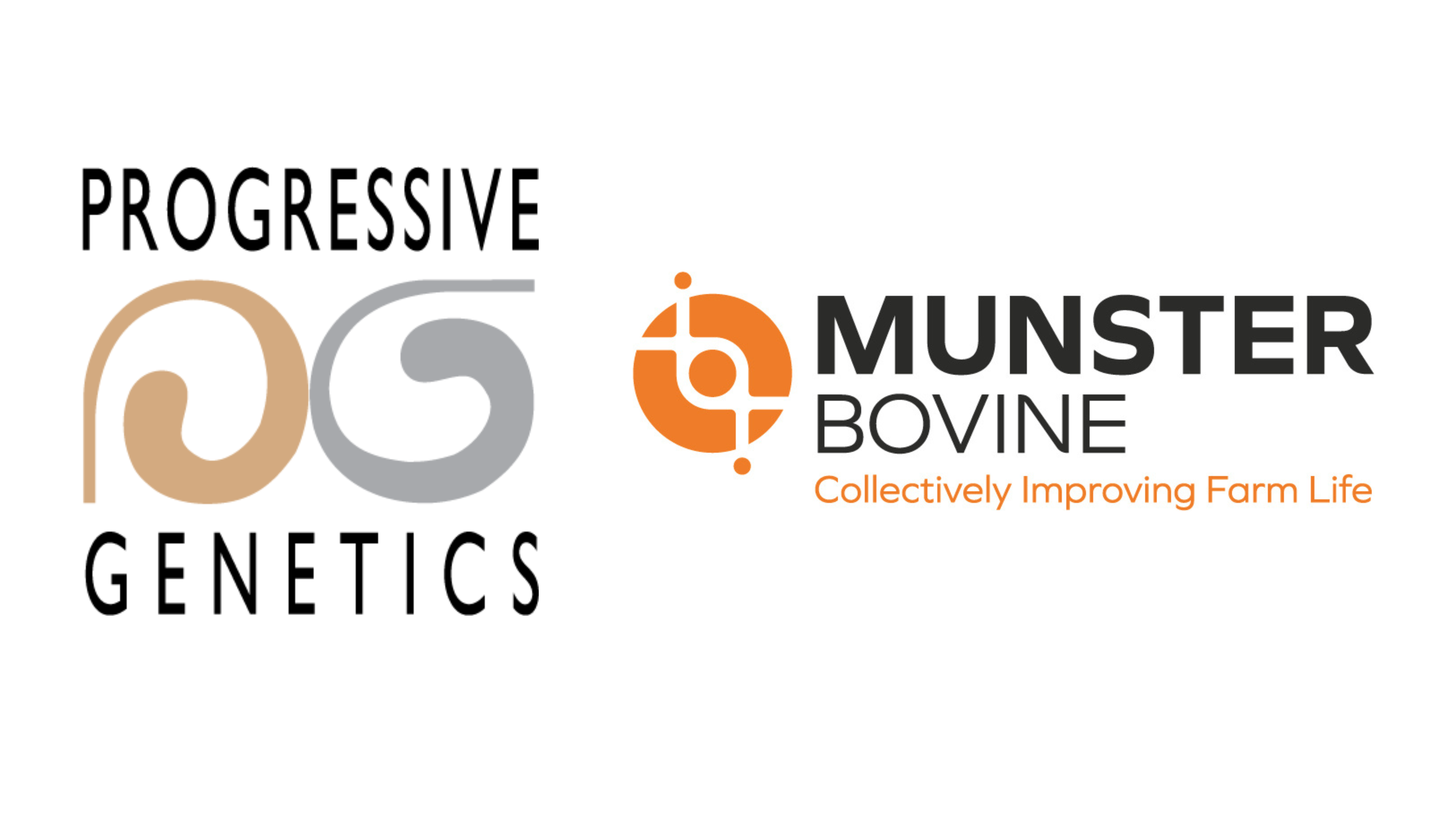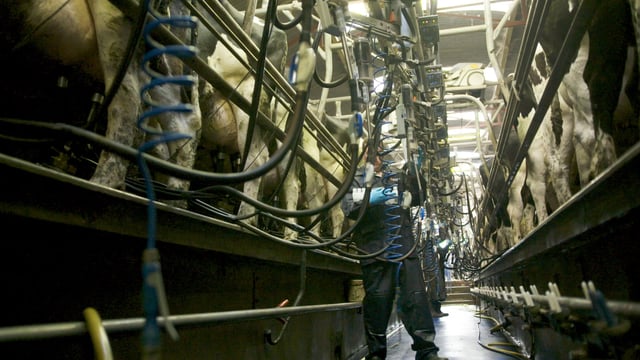Calf health: Do your calves have enough access to water?
The importance of access to water in a calf's diet can sometimes be overlooked.
As calves are more than likely to be shifted from pen to pen at the moment, it is essential to make sure they have enough access to water.
Along with milk, concentrates, and forage, water is critical in the calf-rearing process and in the early life of calves.
When a calf is first born, they are dependent on a milk diet in the form of whole milk or milk replacer, after the initial feeds of colostrum and transition milk.
With age and the appropriate diet, the rumen begins to develop. The rumen is the engine which derives production from the grass-based diet of dairy cows.
However, the rumen takes time to grow and an appropriate diet needs to be fed gradually in order for the rumen to develop and be functional.
Offering concentrates in the calf shed is completely down to the farmer and the calf will do the rest. Concentrates and water are crucial for the development of the rumen.
Water and starter ration are crucial for the development of the rumen and the two are dependent on each other.
The rumen needs the bacterial fermentation of the starter concentrate, while fermentation is dependent on the presence of water in the rumen.
Research has shown that when fresh water is offered in the first four weeks, calves eat 31-60% more dry feed and gain 38% more weight during the period from birth to four weeks of age.
Each extra litre of water consumed increased weight gain by 56g/day and calves achieved a 31% higher average daily gain (ADG) from birth to 10 weeks of age.
Calves require 4-5L of water and 1kg of concentrates fed, and so all water troughs should be checked to ensure they are in reach of calves and working properly.
During the fermentation process, butyric acid is produced and it changes the surface of the rumen from a smooth surface to a rougher surface (papillae). This increases the surface area of the rumen, which is crucial for the absorption of nutrients.
Calf weaning should only occur when a healthy calf is consuming 1kg/head/day. Before this, the calf should have access to a palatable calf starter, before eventually offering it on an ad-lib basis.
High total milk solids in milk replacer can alter the osmotic balance in the calf, as water is pulled out of cells, which can result in diarrhoea and dehydration.
However, when fresh water is available to the calf, it allows the calf to regulate their osmotic balance, which will decrease their chances of dehydration.
Calf drinkers should regularly be cleaned out and, ideally, there should be a piece of raised concrete between the bedding and the drinker to keep the area around the drinker clean.
Drinkers should be mounted at the front gates of the calf pens and not at the back, so as to encourage water intake.
In order for calves to access water, the edge of the bowl must be lower than the dewlap of the smallest calf within the group, approximately 40cm or 16in from floor level.
Flow rates at drinkers have a recommended minimum flow rate of 10-20 litres per minute where demand is high and can be achieved with two-bar pressure.
Ideally, if there are 20 calves in the one pen, two drinkers are recommended to make sure every calf has access to clean water.
Most importantly, calves have full access to water troughs from a young age, while the pressure going to the drinker should be able to keep up with demand.





